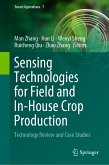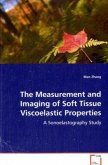
Broschiertes Buch
A Sonoelastography Study
2008
VDM Verlag Dr. Müller / VDM Verlag Dr. Müller e.K.
eBook, PDF
1. Januar 2023
Springer International Publishing
| Broschiertes Buch | 73,99 € |
Ähnliche Artikel
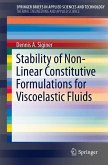
Broschiertes Buch
2014
19. Dezember 2013
Springer / Springer International Publishing / Springer, Berlin
978-3-319-02416-5
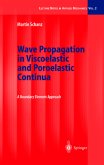
Gebundenes Buch
A Boundary Element Approach
2001. 2001
8. Mai 2001
Springer / Springer Berlin Heidelberg / Springer, Berlin
10796417,978-3-540-41632-6
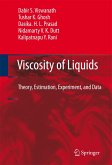
Gebundenes Buch
Theory, Estimation, Experiment, and Data
2007 edition
30. November 2006
Springer / Springer Netherlands
11351405,978-1-4020-5481-5

Gebundenes Buch
2014
13. September 2013
Springer / Springer US / Springer, Berlin
86161667,978-1-4614-8138-6
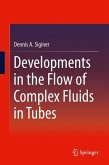
Gebundenes Buch
2015
1. Dezember 2014
Springer / Springer International Publishing / Springer, Berlin
86244477,978-3-319-02425-7
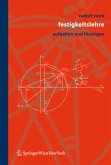
Gebundenes Buch
Aufgaben und Lösungen
September 2006
Springer / Springer Vienna / Springer, Wien
978-3-211-29699-8
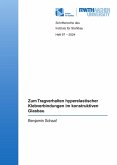
Broschiertes Buch
4. April 2024
Druck- und Verlagshaus Mainz GmbH / Verlagsgruppe Mainz

Broschiertes Buch
Product Family Size, Postponement
2008
VDM Verlag Dr. Müller / VDM Verlag Dr. Müller e.K.

Broschiertes Buch
1st ed. 2022
25. Juli 2021
Springer / Springer International Publishing / Springer, Berlin
978-3-030-77248-2

Broschiertes Buch
Salamanca, Spain, October 9-11, 2024 Proceedings, Volume 1
16. November 2024
Springer / Springer Nature Switzerland / Springer, Berlin
978-3-031-75012-0
Ähnlichkeitssuche: Fact®Finder von OMIKRON

